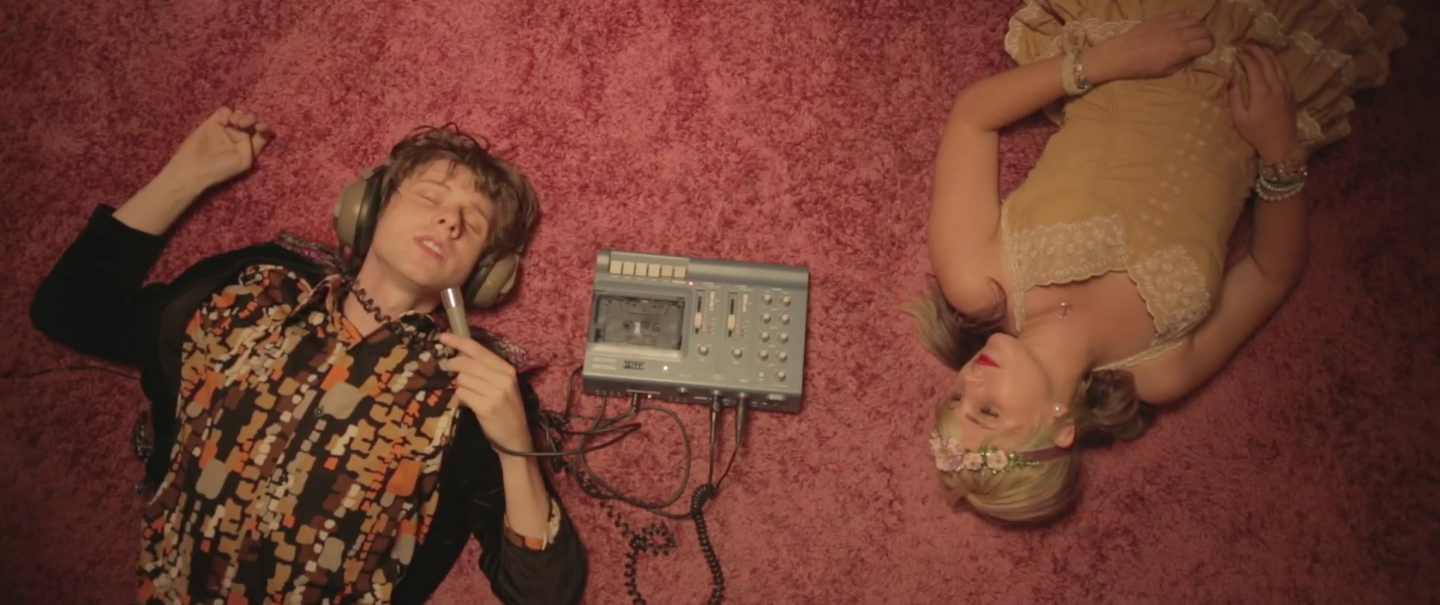
Eberhard Schoener isn’t exactly a household name these days. But the German violinist, composer, arranger, and electronic artist was a significant figure among European classical and electronic-music circles, known for his award-winning compositions and conducting work that spanned the second half of the 20th century.
Schoener was also an early adopter of the Moog synthesizer, spent time exploring world music, and in the 1970s, collaborated with some notable rock artists: Jon Lord of Deep Purple (on Lord’s 1975 solo album Sarabande) and, in the late ’70s, all three members of The Police: Sting, Andy Summers, and Stewart Copeland.
The Police were just starting out, and their work with Schoener helped gain them visibility.
Prog-Rock Roots
The collaboration may seem odd, but it wasn’t random. The Police members, in fact, all had prog-rock roots: Copeland had previously toured with the prog-rock band Curved Air; Summers had played with Soft Machine, the Animals, and Jon Lord, among many others; and all three connected when working with Mike Howlett of the prog band Gong on his short-lived project Strontium 90.
Sting, Summers, and Copeland had already formed the Police by the time they began working with Schoener. He hired them for a series of live shows, and they also recorded with him in 1977 and ’78.
Flashback and Video Magic
The recordings were originally released in Germany under the album titles Flashback and Video Magic. Harvest Records released a US version in 1981 also under the name Video Magic, which included an assortment of the material from both albums.

The songs on the 1981 Video Magic are mishmash of styles — jazz, prog, pop, rock, electronic, even a bit of spoken word. While not exactly groundbreaking, they’re still interesting. Especially for Police fans: it’s a clear indication of just how varied their musical backgrounds were before coalescing into Outlandos d’Amour.
